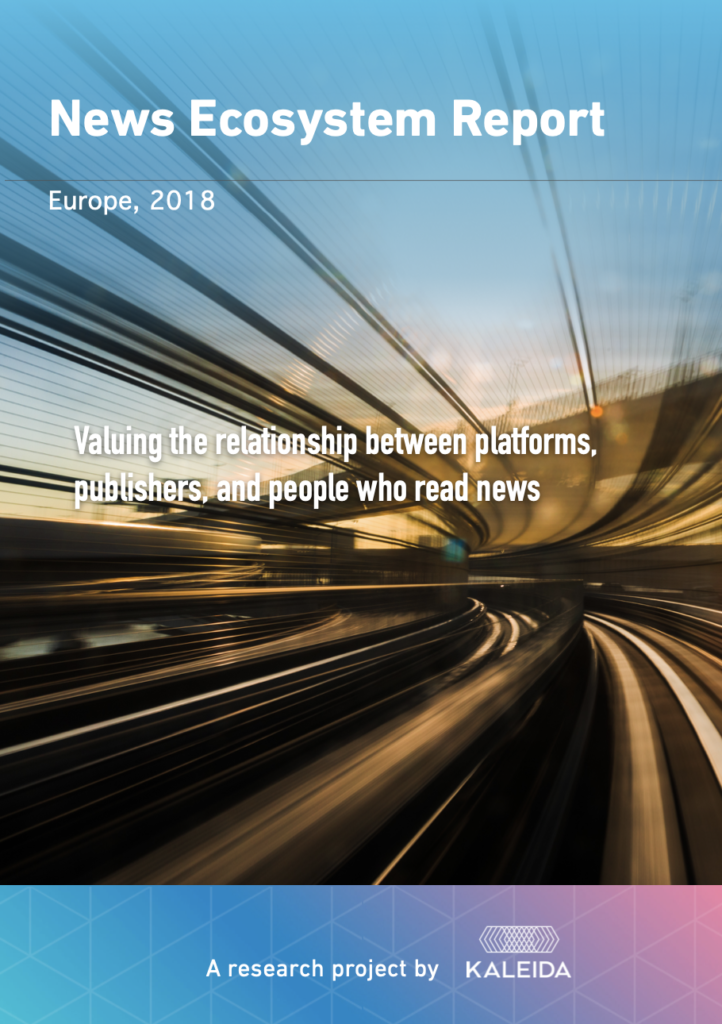In our survey of news consumers for Kaleida’s News Ecosystem Report the 55+ age group showed that platforms are underserving this high value demographic.
While studying demographics and behaviours for Kaleida’s News Ecosystem Report we stumbled across a fascinating number.
37% of news consumers prefer Publishers’ websites and apps as their main source of news online vs search or social media. That was twice as much as Facebook, and all the rest followed at much lower levels.
That surprised us at first. So, we started digging. We found that this was true across the board, from younger news consumers (18 to 24 years) to the 55+ age group. The numbers suggested the younger demographic has more interest in news than you might expect, but then we discovered even more compelling data about the older demographic.
Baby Boomers check the news throughout the day using multiple devices. They spend twice as much time (45min +) with news in a typical day compared with U55s.
They are just as likely to share news as other age groups, but they seem to prefer sharing directly to specific people. They lean on email for sharing and show a lack of trust in social media platforms. In fact, they tend to avoid following people on social media altogether.
Given those behaviours it makes sense that they would show interest in private messaging apps. 9% said they use WhatsApp for news on a typical day. Amongst those who share news with people, 20% have used WhatsApp for that purpose.
We asked about why they get news online. They scored higher than all the other demographics on all the answers including “to keep me up-to-dateâ€, “to suggest stories†and “to get in-depth analysis†among others.
We also asked about different types of news coverage. We found that coverage of Politics, International news, National news, Environment, Arts & Culture, and Books all scored higher than younger age groups. They are less interested in Film, Music or Fashion.
We don’t have enough data to generalise about why Baby Boomers are more interested in news than every age group in nearly every category in our survey. But after quantifying just how much they want it we were left wondering if they are in fact being underserved.
This is a big demographic with more time and money than the others. The global internet population is about 4 billion people, and if we include the more traditional “Middle Age†demographic at about 45 years old we’re talking about approximately half a billion people.*
Of course, news doesn’t get shared in isolation. Their impact is much bigger than their number when you add in the friends and family they send news to on a daily basis.
It’s always worth keeping an eye on how the younger demographics behave online. But the news ecosystem appears to be fueled primarily by a considerable force at the other end of the spectrum. A bigger mistake would be to ignore the older demographic.
With so much enthusiasm from such an important group of people the news ecosystem may have more support than it knows. Publishers and platforms alike would be wise to take advantage of the love for news coming from the Baby Boomers.
* Source: Kaleida’s News Ecosystem Report, CIA World Factbook, United Nations data and Nielsen Online. The 45+ age group constitutes 20% of the population. 76% share news with friends. 4B x 20% x 76% = 600M.

